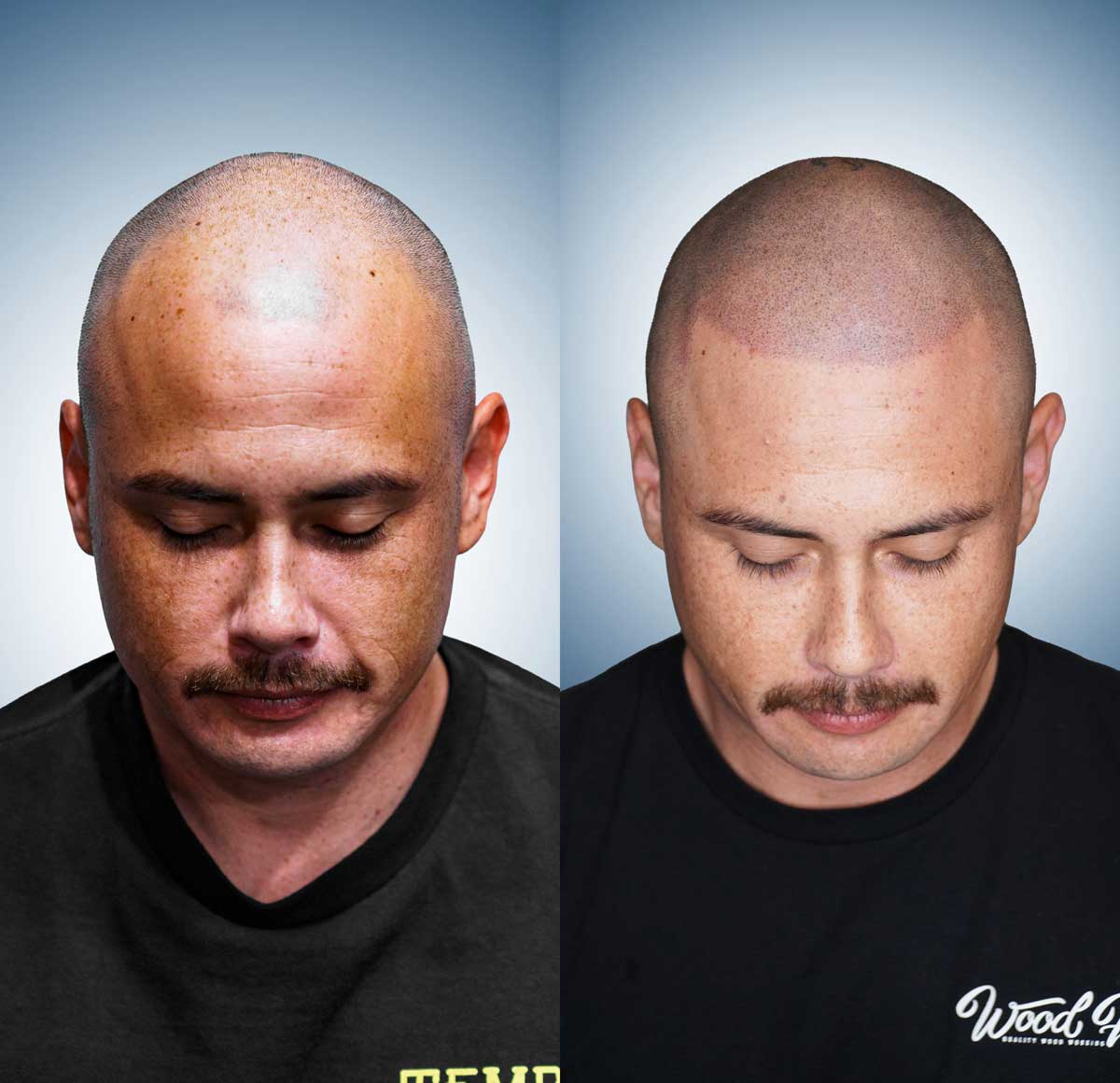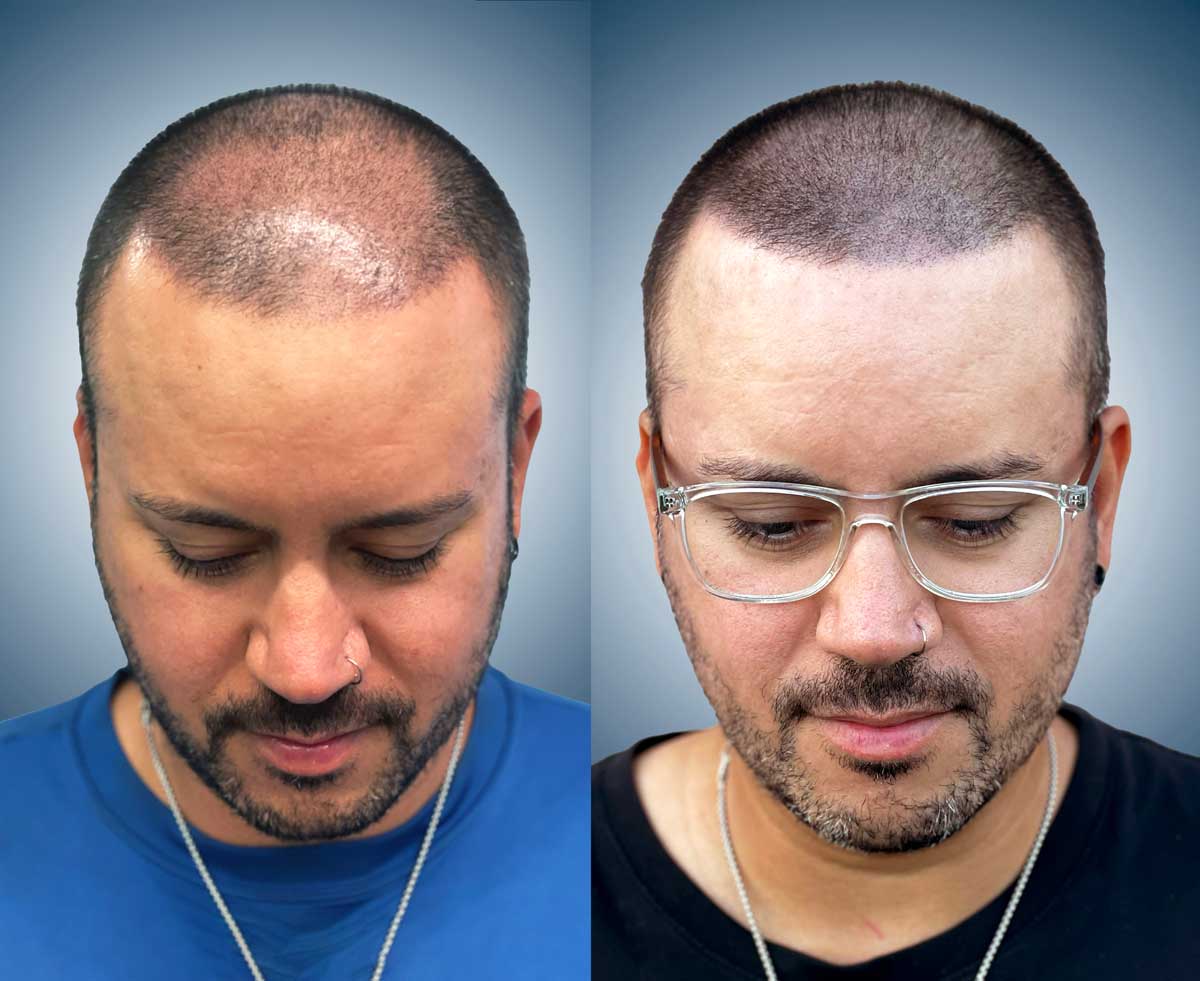Scalp Micropigmentation (SMP)
What is SMP?
Scalp Micropigmentation was developed as both a cosmetic procedure, for men and women suffering with all types of hair loss, and as a medical procedure to help conceal scars, burns, birthmarks, as well as the full spectrum of alopecia strains.
During an SMP procedure, a blend of unique pigments specifically formulated for the client are deposited into the dermal layer of the skin on the scalp. Using a highly sophisticated combination of angles, penetration depths, deposit sizes and pigment shades, these deposits create an extremely realistic illusion that replicates hair follicles.
SMP is truly a viable alternative to traditional hair transplant surgery, hair systems, pills, potions and cover-ups. Around the world, may thousands of clients now live their lives free from hair loss without scarring, lengthy maintenance routines, unwelcome side effects or significant ongoing financial outlay.
Ready to book a consultation?
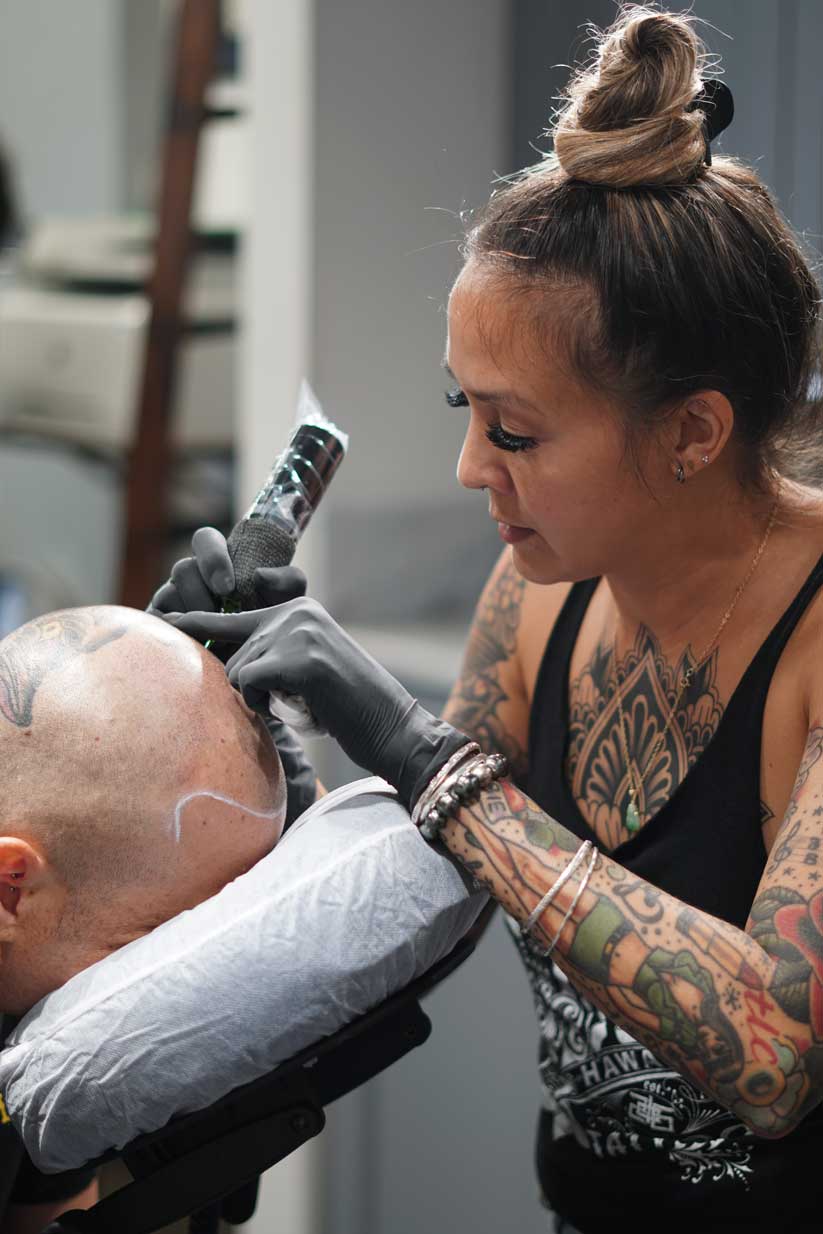
Applications for Scalp Micropigmentation
What can Scalp Micropigmentation Treat?
➤ Male Pattern Hair Loss
➤ Female Hair Loss 1
➤ Alopecia
➤ Thinning Hair
➤ Hair Transplant Scars
➤ Surgical Scars
➤ Damaged Scalps (Weaves, Braids, Hair Systems)
Who can benefit?
Any individual whether they have thinning hair or total baldness. It is also beneficial to those who have had prior hair surgery and want to increase density and camouflage scarring. Depending on case, clients will need to maintain existing hair at short lengths.
Realism
Does Scalp Micropigmentation Look Real?
A typical scalp hair from a Caucasian male is about 77 micrometers in diameter, (67 Um in those of Asian descent, and 120 Um in those of African descent). Typically, SMP dots placed in the dermis layer are 90 – 130 Micrometers in diameter.
Any slight difference between replicated hair and real hair is virtually indistinguishable. Often, even when viewed 6 inches away close friends and family will not be able to tell where real hair ends and the SMP begins!
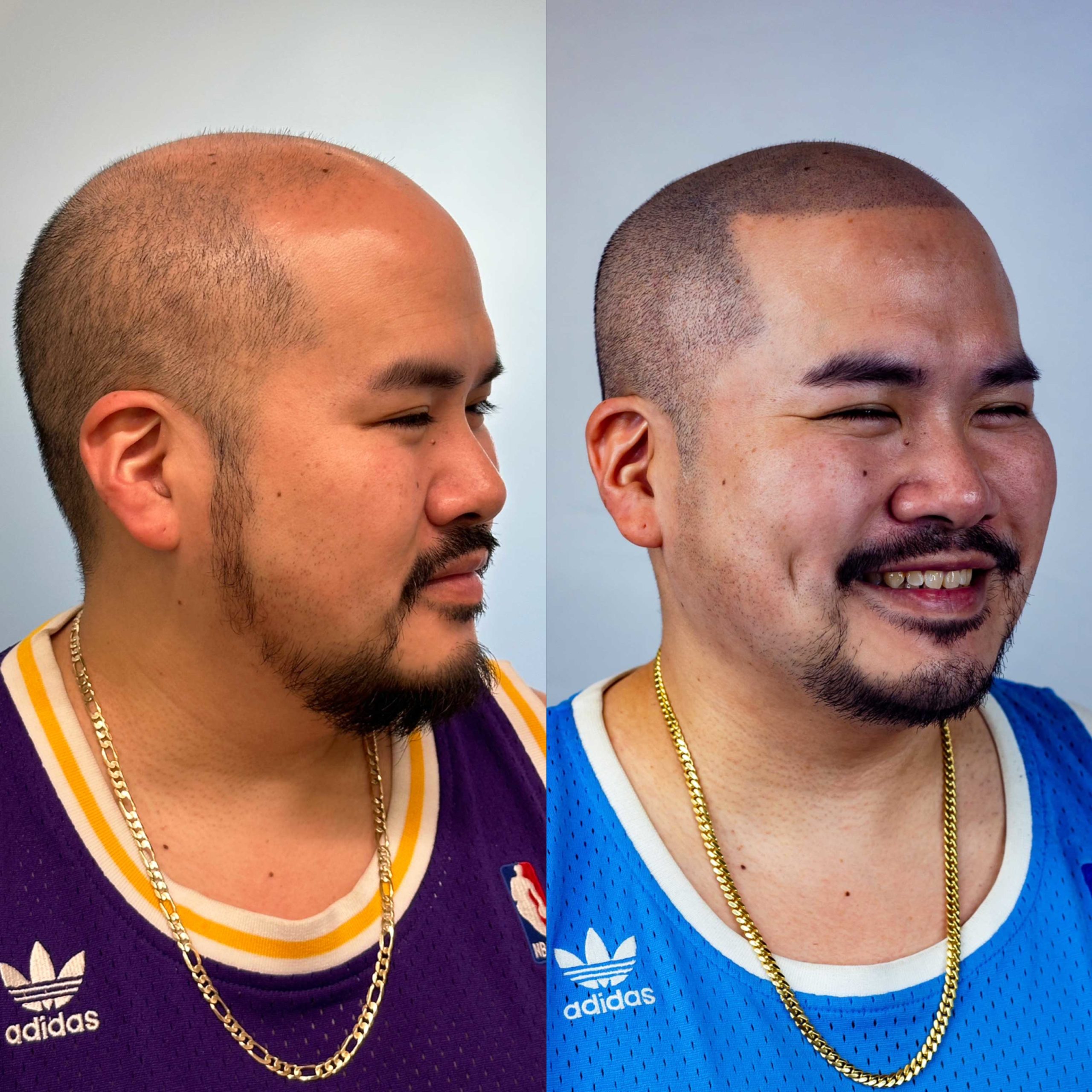
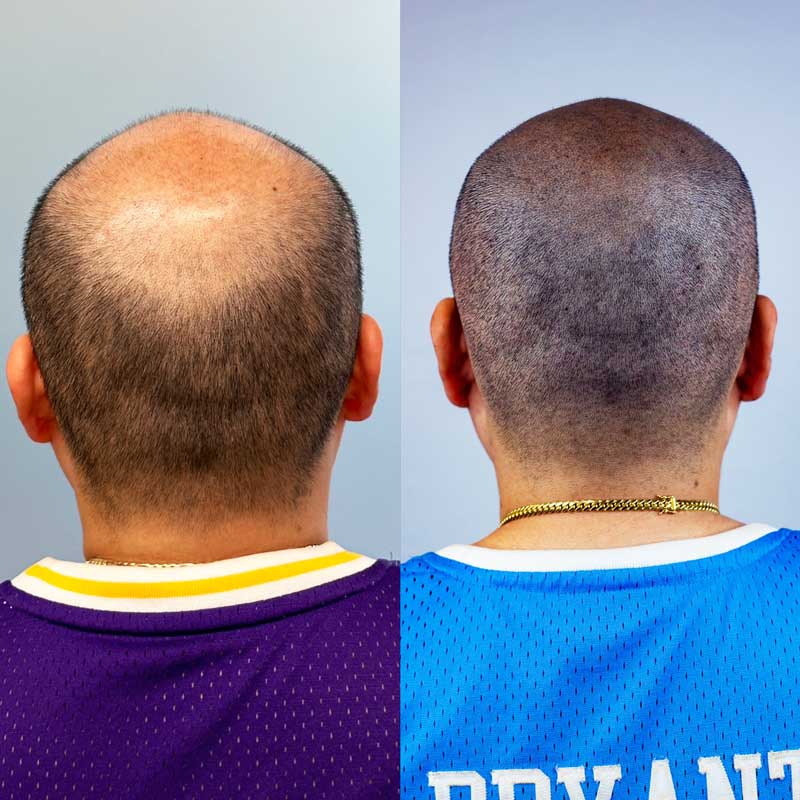
SMP Longevity
How long will SMP last?
Answer: 4-6 Years after initial sessions
With proper care and treatment, including using high sunscreen when outside, SMP will commonly last for many years. In a healthy client with a normal immune system, we expect that the color will last with original vibrance for about 4-6 years, with a further fading of the pigment to last up to 8 years.
Will SMP Fade, Smear, or Turn Blue?
In healthy individuals and with correct technique, the chances are minimized.
Any pigment applied to the dermal layer of the skin will eventually fade, but we expect SMP to hold original strength of color for several years before color fade.
Fading will occur over a long-term timeline due to UV light exposure, immune system response, and epidermal skin renewal.
Because SMP pigment is placed shallow in the Dermis layer and is diluted to a low concentration of carbon pigment, the risk of discoloration or migration is low.
Pigment
• Folicule by Scalp Micro USA
• Quality assured & tested
• Pure Carbon-based black pigment
• No added metal oxides
- Non-carcinogenic & safe to use on humans/animals
- Hypoallergenic product with no reported allergic reaction
Hairline Design and Style Implementation
3 Fundamental Hairline Shapes:
- Straight
- Round
- Curved/Receded
Hairline Styles
- The Defined Hairline: “Sharp”, “Clean-Cut”, “Box Cut”, “Line-Up”, “Edged”
- The Soft Hairline: “Natural”, “Feathered”, “Broken & Jagged”
Ready to book a consultation?
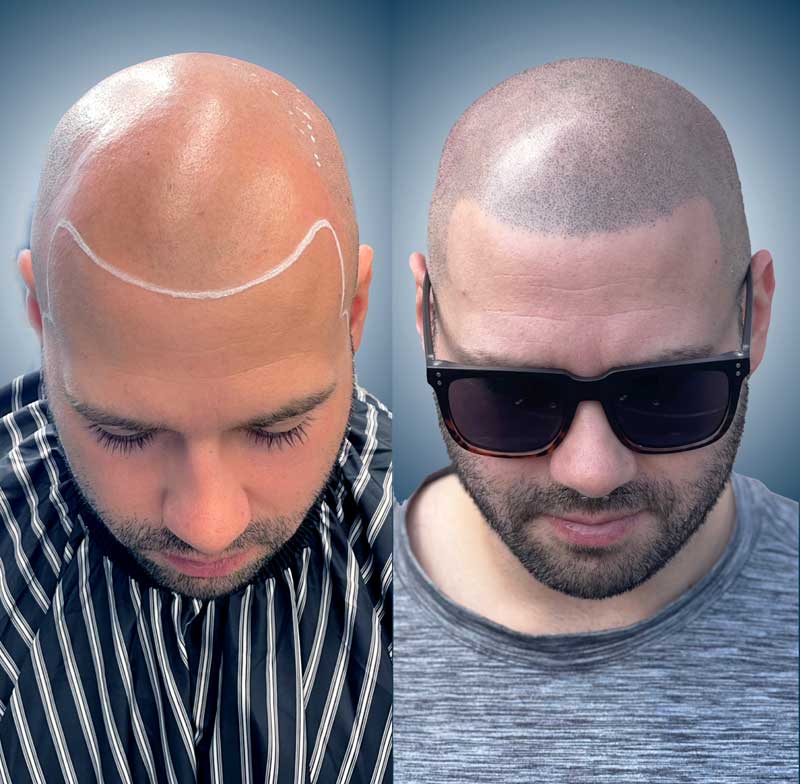
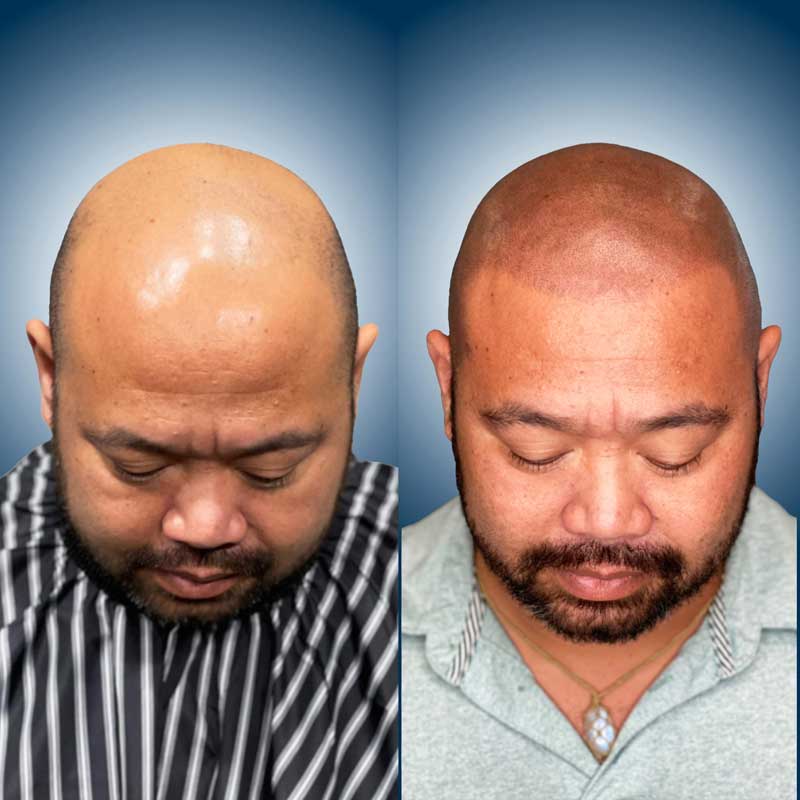
Treatment Application Overview
• Scalp Micropigmentation typically requires 2-4 sessions to complete the full result
- Sessions must be spaced a MINIMUM of 10 days apart (2 weeks is ideal)
- In each consecutive session, additional density of dots, looking to close the space between the dot impressions from the previous session.
Female Pattern Hair Loss
Female pattern baldness
It is estimated that around 50% of women over the age of 65 experience female pattern baldness.
The condition results in diffused thinning of the hair on the scalp from the parting outwards, unlike male pattern baldness which occurs from the frontal hairline receding to the crown.
Female pattern baldness has a strong genetic predisposition, with indications of many genes contributing to the condition. It is not clear if androgens play a role in female pattern baldness, unlike the strong correlation to DHT and male pattern baldness.
It is reported that pattern hair loss by the age of 50 affects about half of men and a quarter of women.
Pattern hair loss is the most common cause of hair loss.

Male Pattern Hair Loss
Male Pattern baldness is also known as Androgenic Alopecia and is widely considered to be caused by the hair follicle’s sensitivity to DHT (dihydrotestosterone).
DHT (dihydrotestosterone) is a naturally occurring substance that has been implicated in male pattern baldness. It is essentially a byproduct of testosterone, the primary sex hormone in the male body. It is believed DHT shrinks and miniaturizes the hair follicles of men, leading to hair thinning and baldness.
In the male body, testosterone converts to DHT via an enzyme called 5-alphareductase. Hair loss scientists are unsure exactly how DHT impairs the hair follicle, but they do know by inhibiting DHT they can slow or halt hair thinning.
It is important to note not all men will suffer hair loss due to the consequences of DHT production, only those with a genetic pre-disposition.
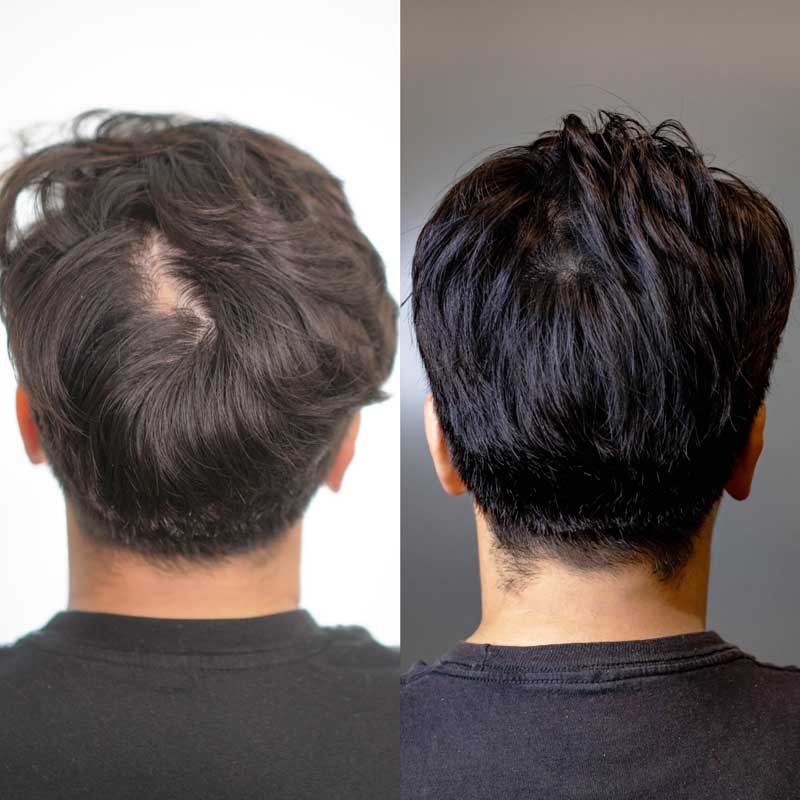
Alopecia Types
Types of Alopecia
- Alopecia Areata is the condition where sporadic areas of hair loss occur on the scalp.
- Alopecia Totalis is an advanced form of alopecia areata and results in total hair loss on the scalp.
- Alopecia Universalis is the most advanced form of alopecia areata, with those affected losing all/most of their body hair in addition to their scalp, including eyelashes and eyebrows.
- Traction alopecia is caused primarily by pulling force being applied to the hair. It commonly is the result of the person affected having worn their hair in particularly tight ponytails, braids and styles which persistently pull the root over several hours per day. Persistent gentle pulling may go unnoticed until bald spots appear.
- Cicatricial alopecia, also called scarring alopecia, refers to a group of rare disorders that destroy hair follicles. The follicles are replaced with scar tissue, causing permanent hair loss. The inflammation that destroys the follicle is below the skin surface and there is usually no ‘scar’ seen on the scalp.
- Alopecia Barbae is hair loss in the beard.
Those affected by alopecia will often be under the care of a medical professional, such as a trichologist or dermatologist but due to the changeable, complex and diverse nature of the condition is no effective treatment.
